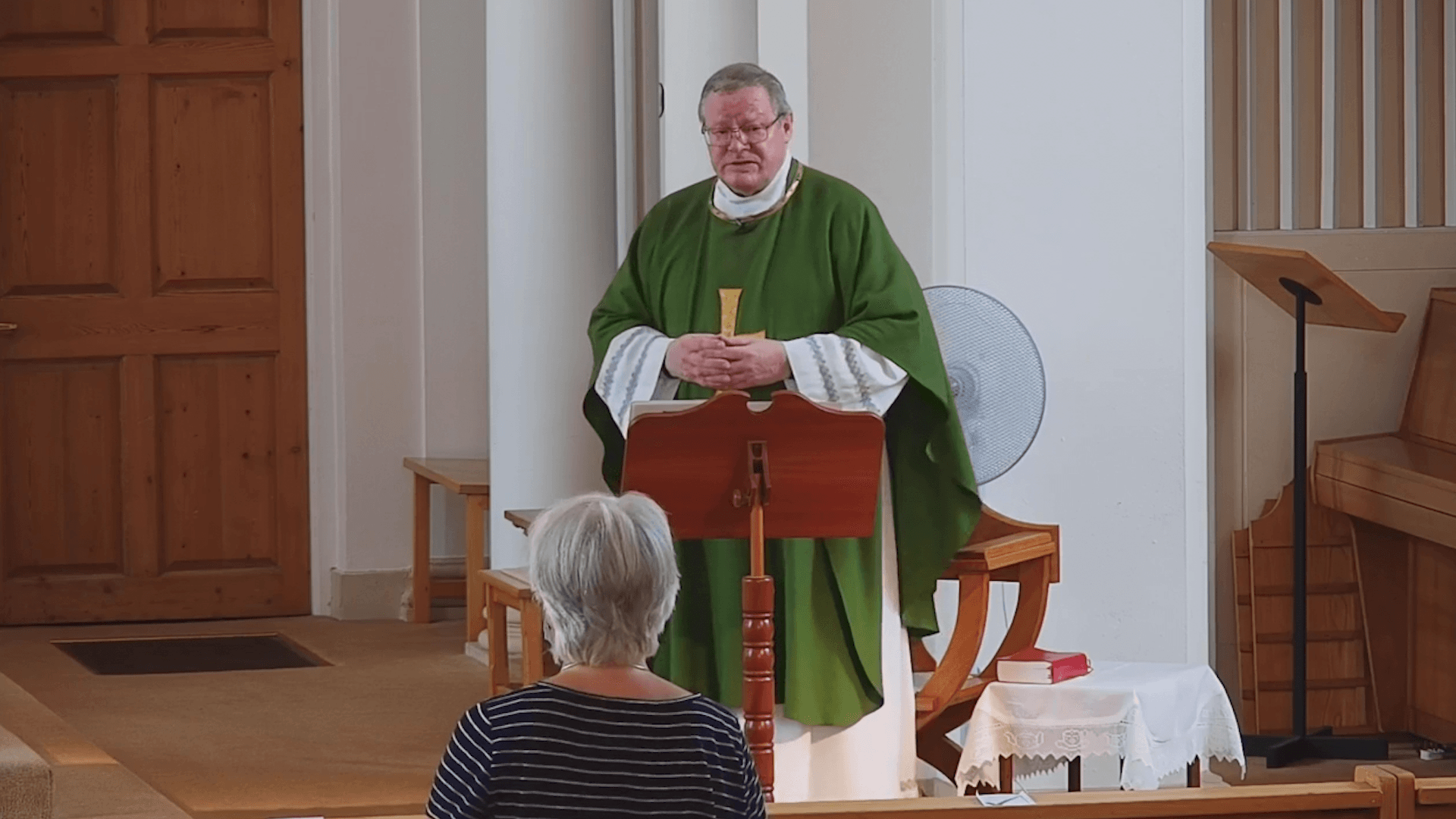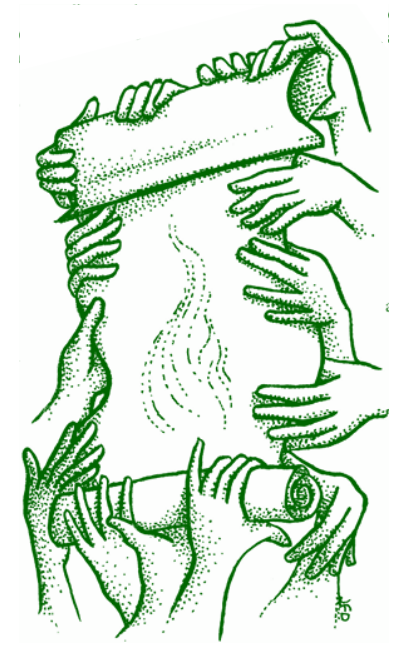










As we begin to journey with Luke through the semi-continuous gospel readings of Year C, it is appropriate that the first four verses are read to remind us of Luke’s purpose in writing his two-part good news, the gospel and Acts of the Apostles. In the latter, the Church is committed to doing in the power of the Spirit of Jesus what he himself did in the days of his flesh. Theophilus (‘God-lover’), who is addressed in verse three, was probably a significant Christian and a patron of Luke. God-lover though he may be, there is always more truth to be discovered, a greater commitment to be made, a new excitement about the tradition that has been handed down by those who were both eyewitnesses and servants of the word. Luke is not one of these, but he is respectful of what he has received from them. Using his own human gifts and guided by the Holy Spirit, he is eager to record, order, and interpret the Jesus tradition for the sake of his patron and the wider community of believers. “Today” we are among those believers, gathered into the Liturgy of the Word, into the presence of Christ.
In the reading, Jesus is called up to the reading desk in the Nazareth synagogue. The people are expectant: here is the hometown boy made good, with a teaching reputation already established throughout Galilee. They think that they know him, but Jesus is the Messiah, the anointed One, with the fullness of the Spirit upon him. Born, baptised, proved the faithful Israelite par excellence in the wilderness, Jesus speaks forth as the prophet the words of Isaiah as a summary of his mission that he is about to begin. The prophet, he proclaims, is called to announce good news to the poor - their liberty, healing, freedom from all oppression - as in the Jubilee year of release described in Leviticus 25 and Deuteronomy 15. Whether such a year was actually celebrated in Israel is uncertain, but it persisted as a symbol of the possibilities found in a new era of empowerment for the disadvantaged.
Then comes the climax, the moment of interpretation of the word of God: “Today this scripture passage is fulfilled in your hearing,” says Jesus (Luke 4:21). That Jesus is the word in our human flesh is what we have so recently celebrated in our Christmas festivities. In the weeks of Ordinary Time, what will the “Amen, amen!” in the first reading mean for us in our lives? Will the tears and joy of Ezra’s and Nehemiah’s community, the amazement of the Nazareth synagogue in response to the word of God, be reflected in our responses to what we hear proclaimed in the Liturgy of the Word? (Next Sunday we will hear how fickle and fleeting the response to Jesus can be).









